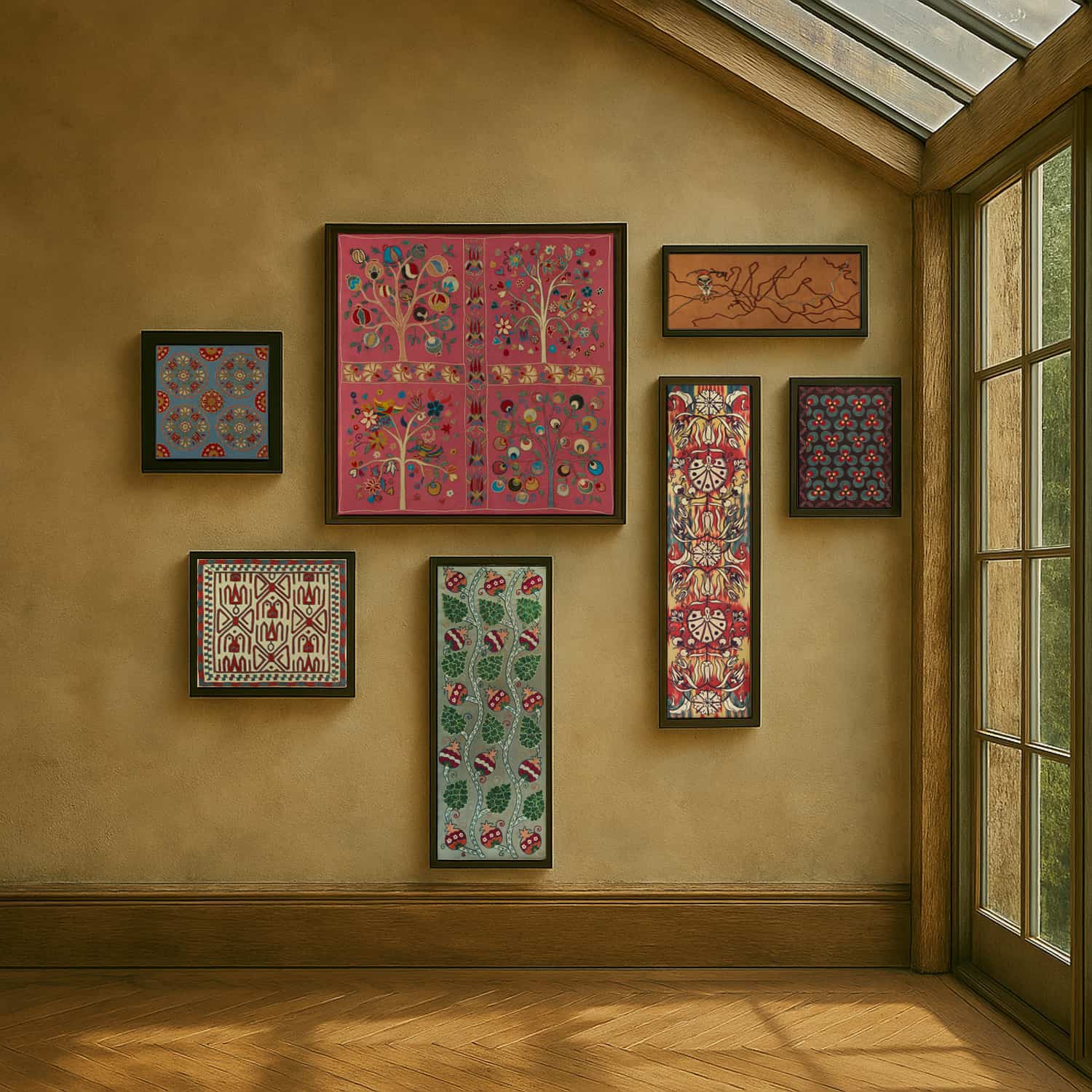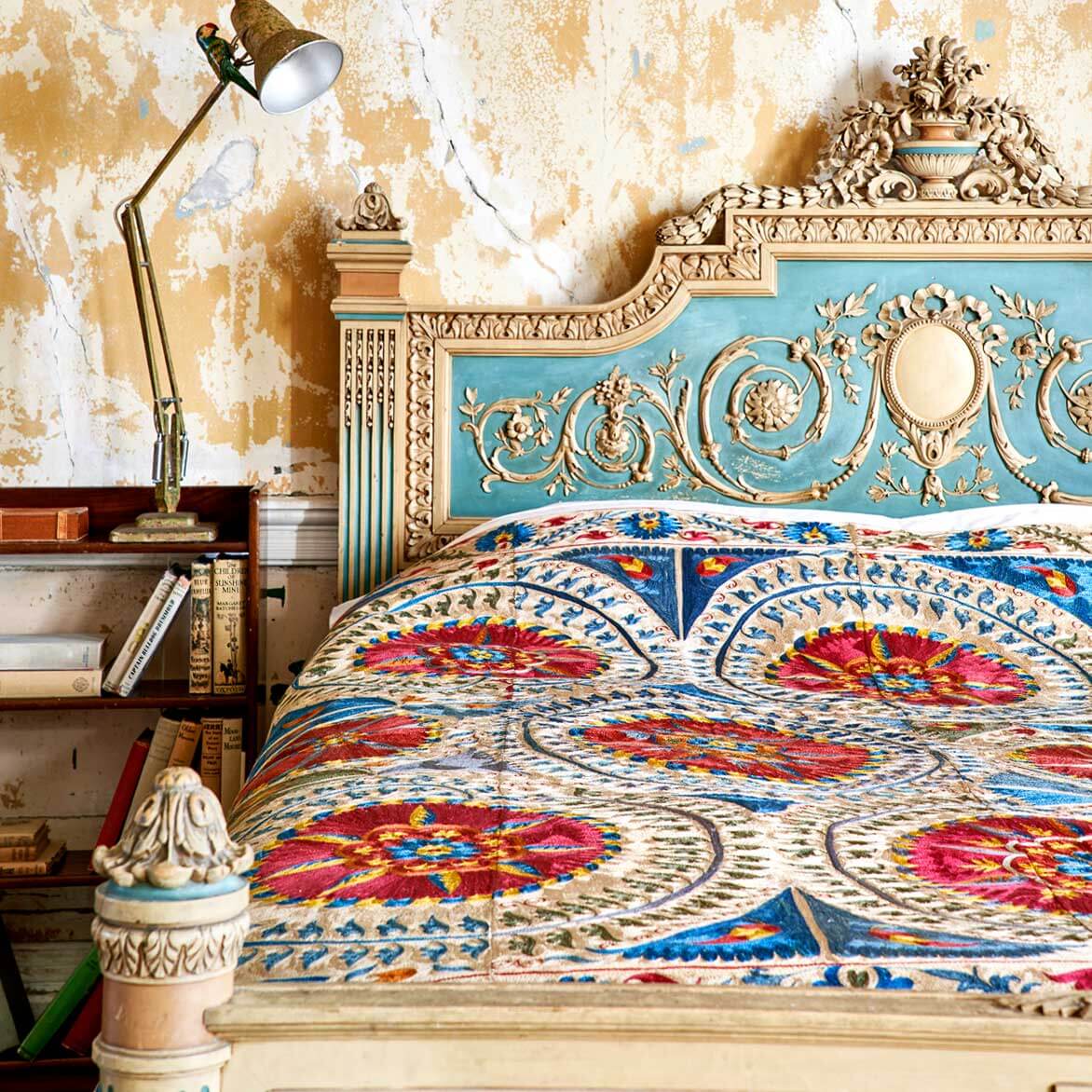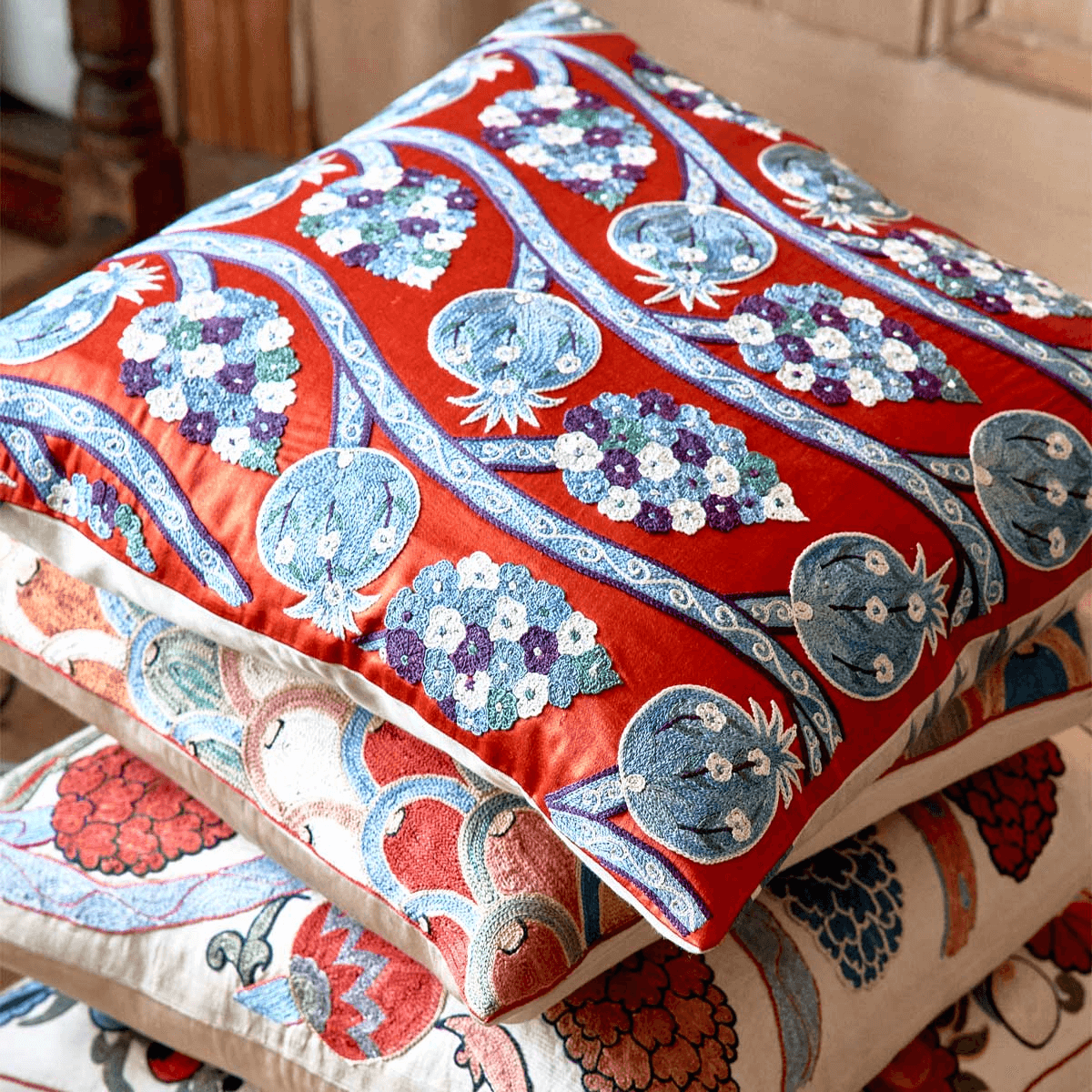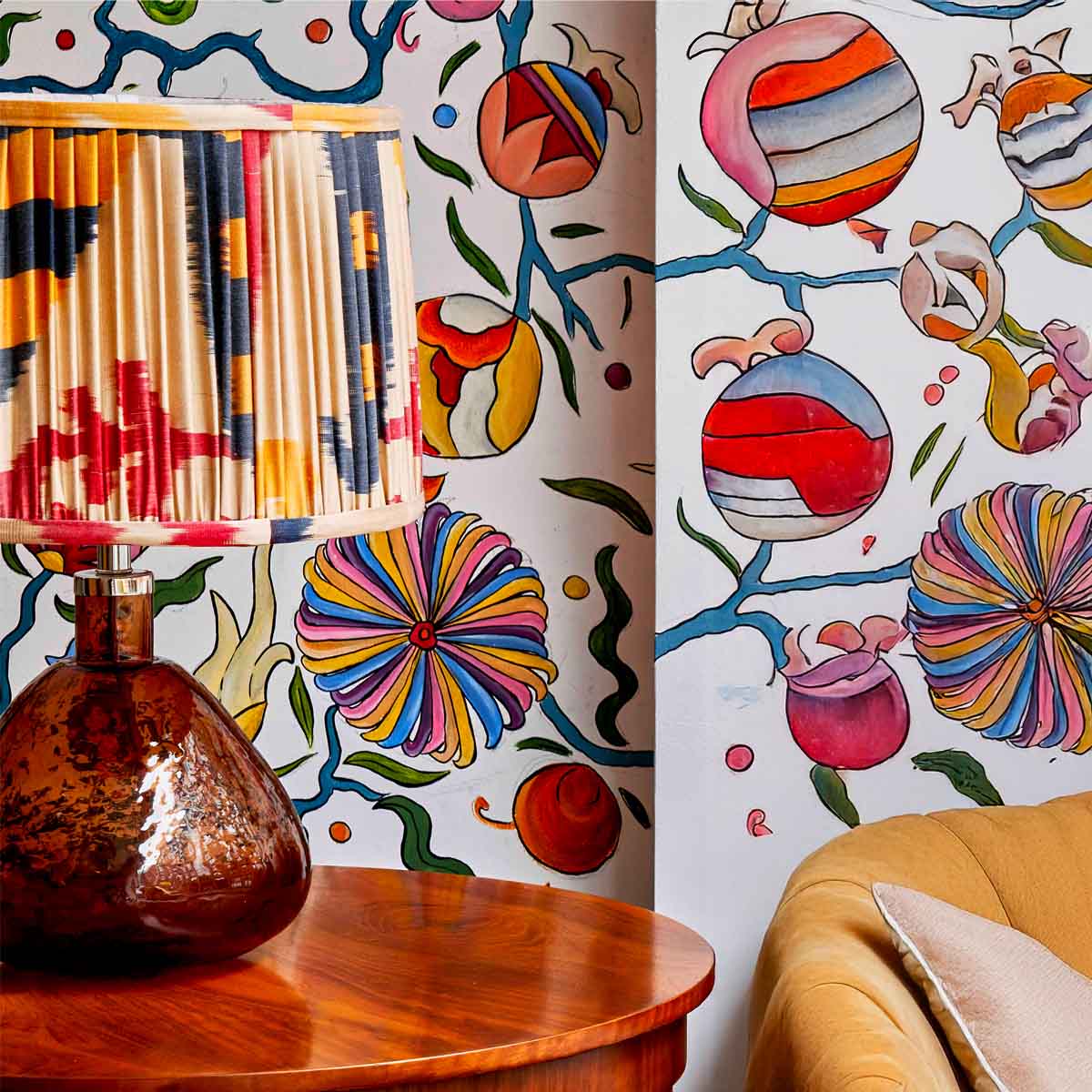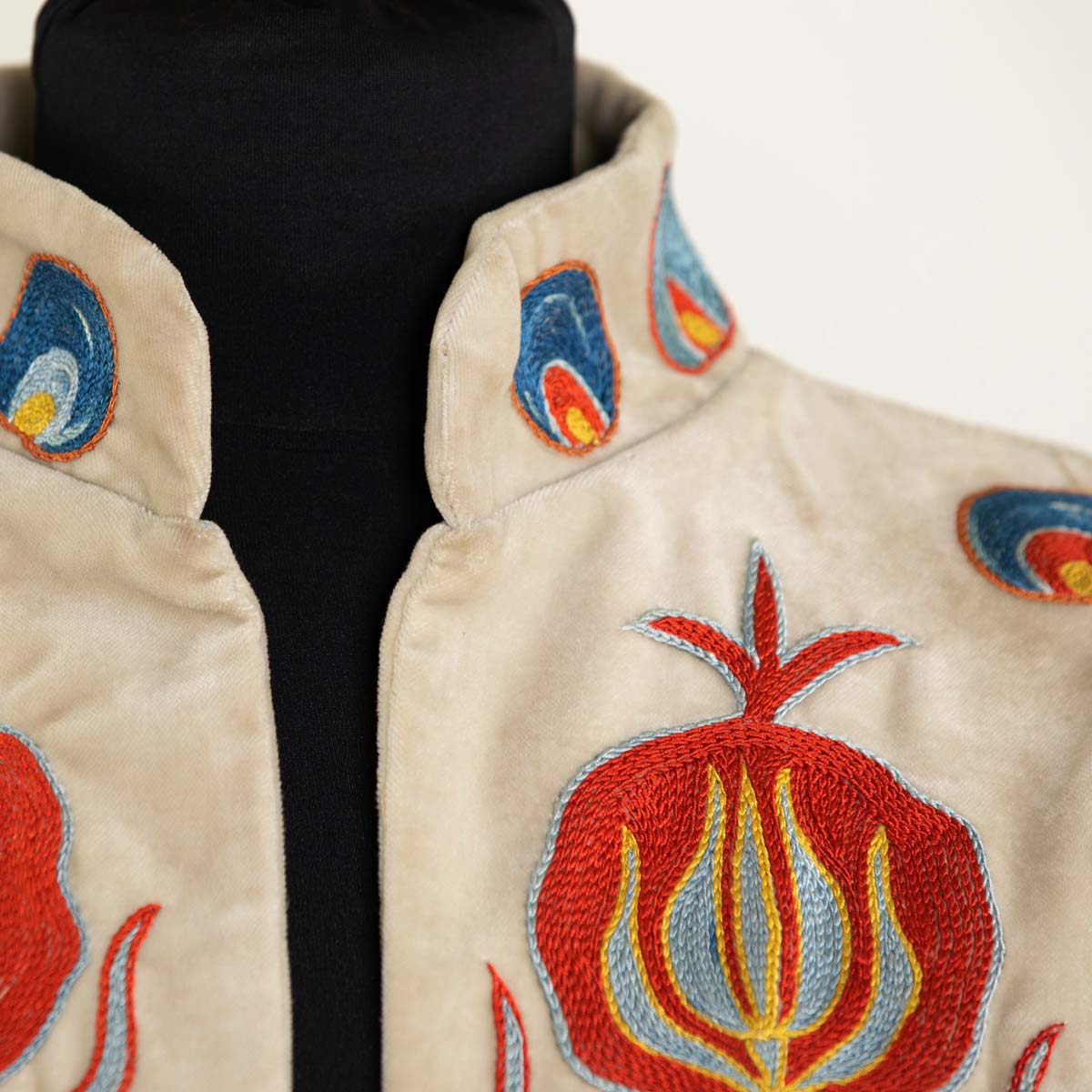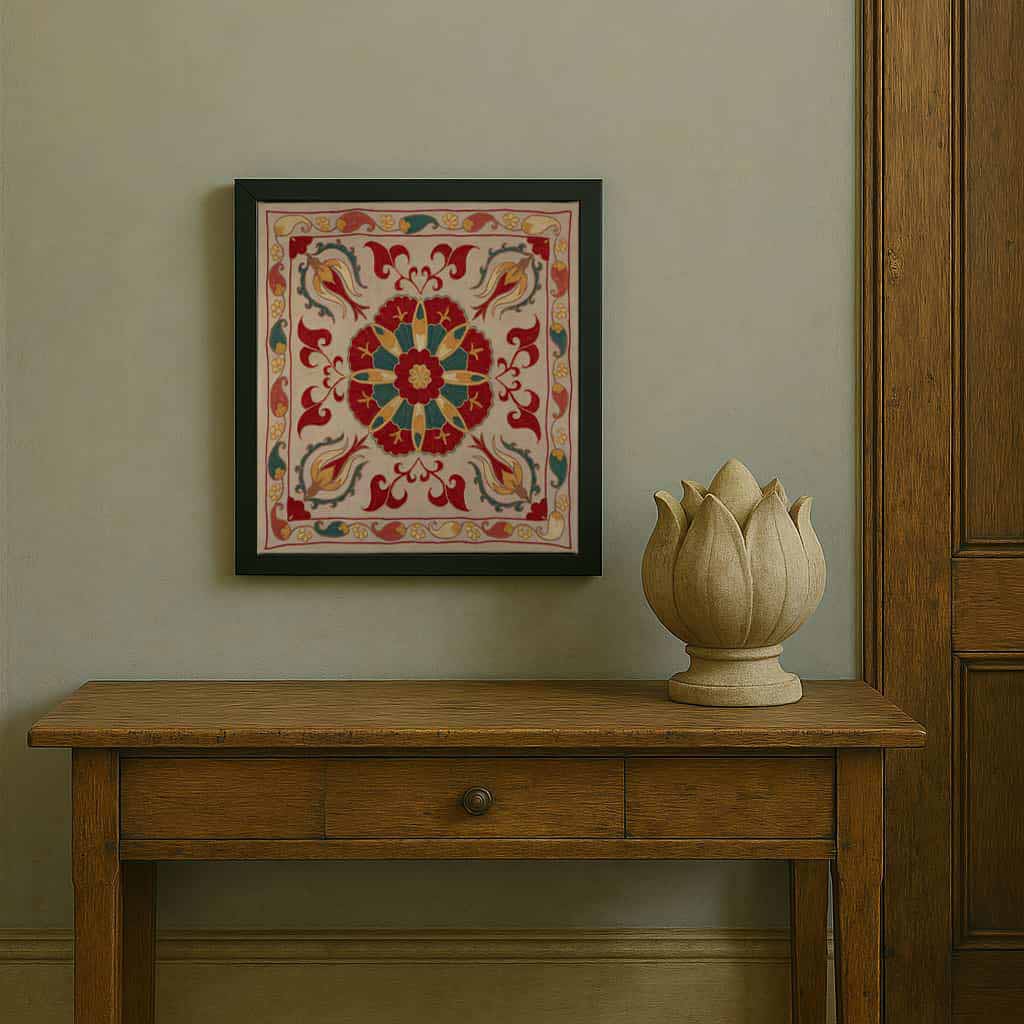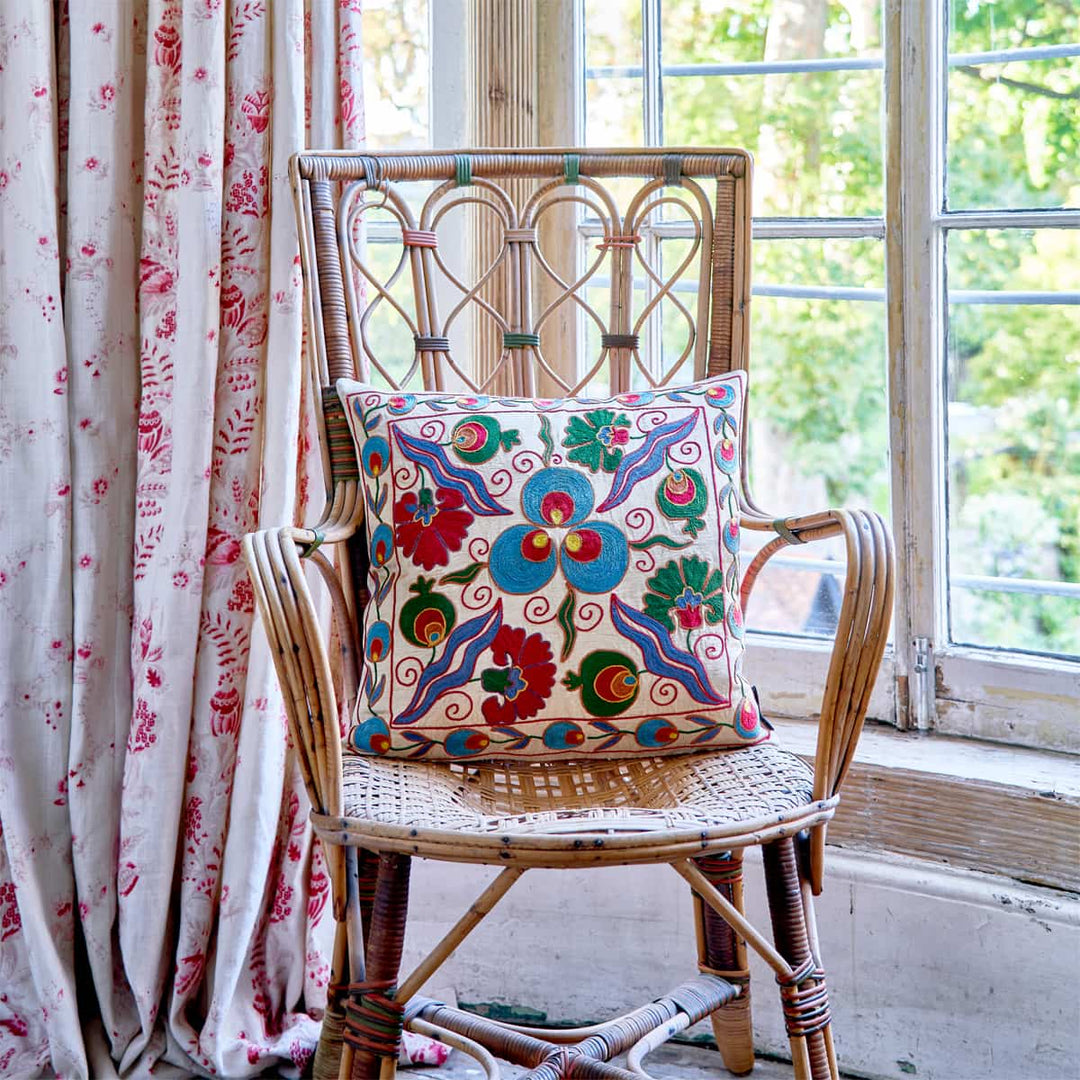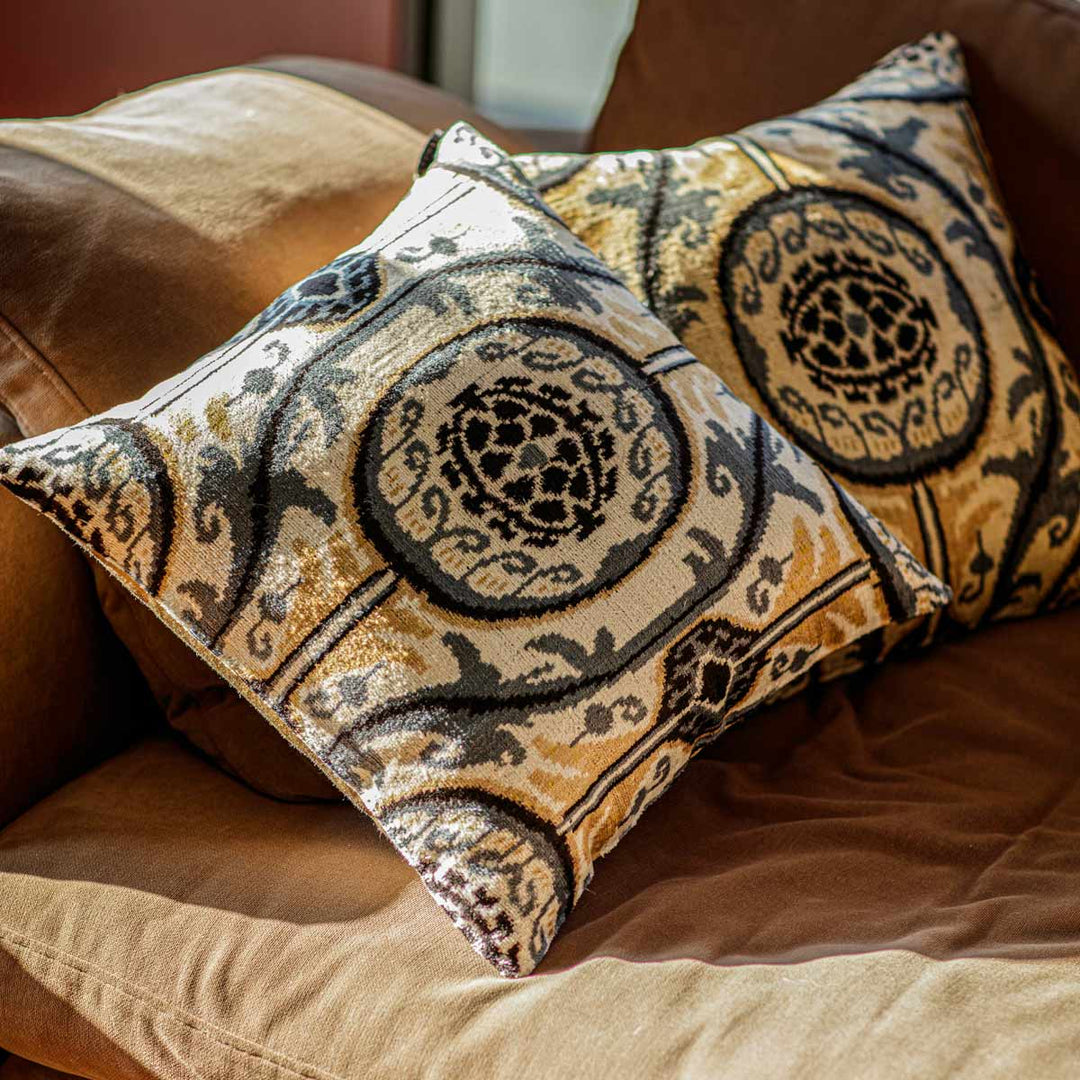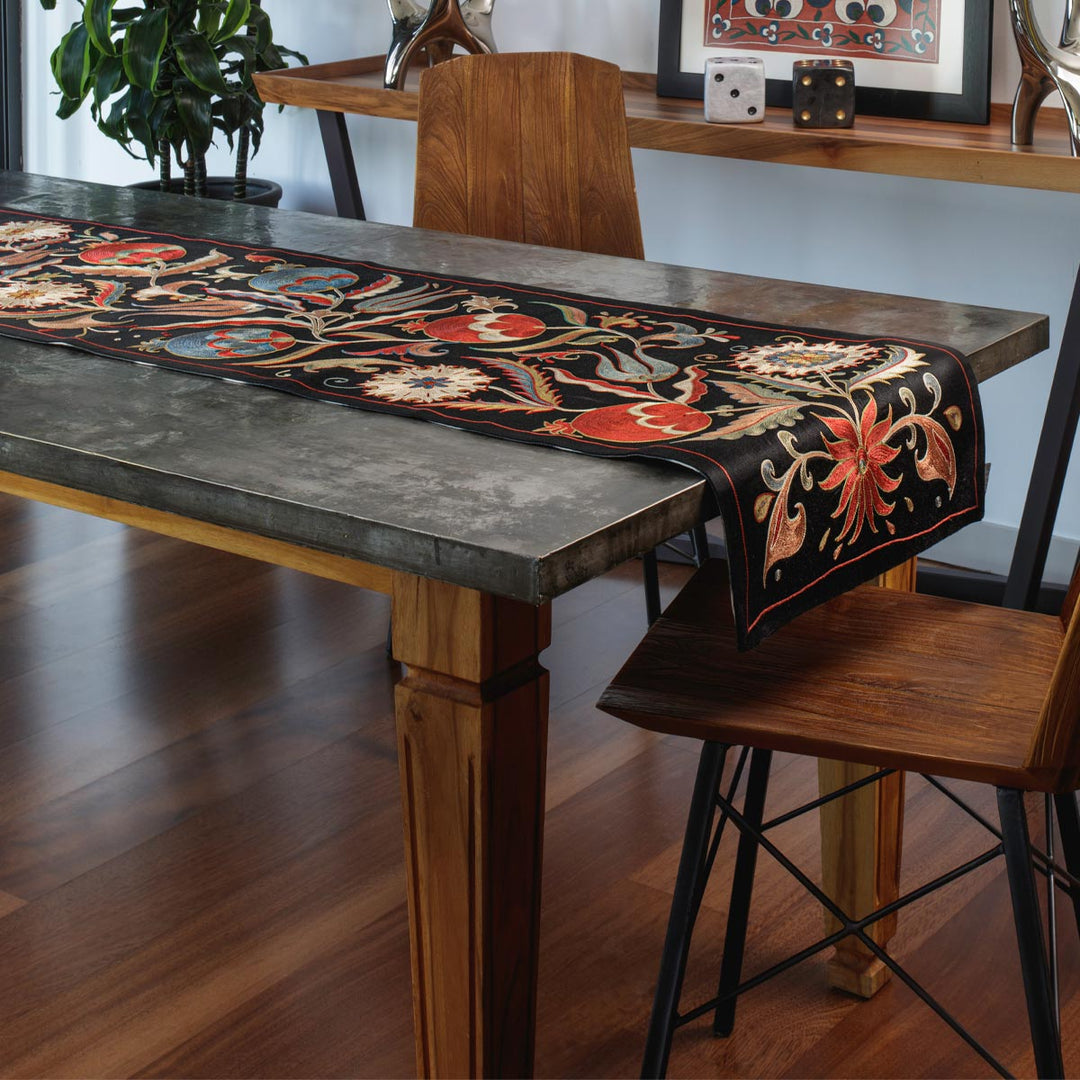Sustainability at Mekhann
Our approach to sustainability is not an addition at Mekhann. It does not appear at the end of a process or stand apart from the way something is made. It is considered early and held throughout. It is part of how the structure forms, how decisions are made, and how the work continues.
We do not frame it as a message because no claim needs to be made. The system itself is the explanation. What we make begins within the limits of the material, the method and the pace each requires. That structure does not expand to meet demand. It stays where the work can hold.
If this results in less waste or longer use, that is not the strategy. It is the shape of the process left to do what it needs to do, with nothing added and nothing forced.
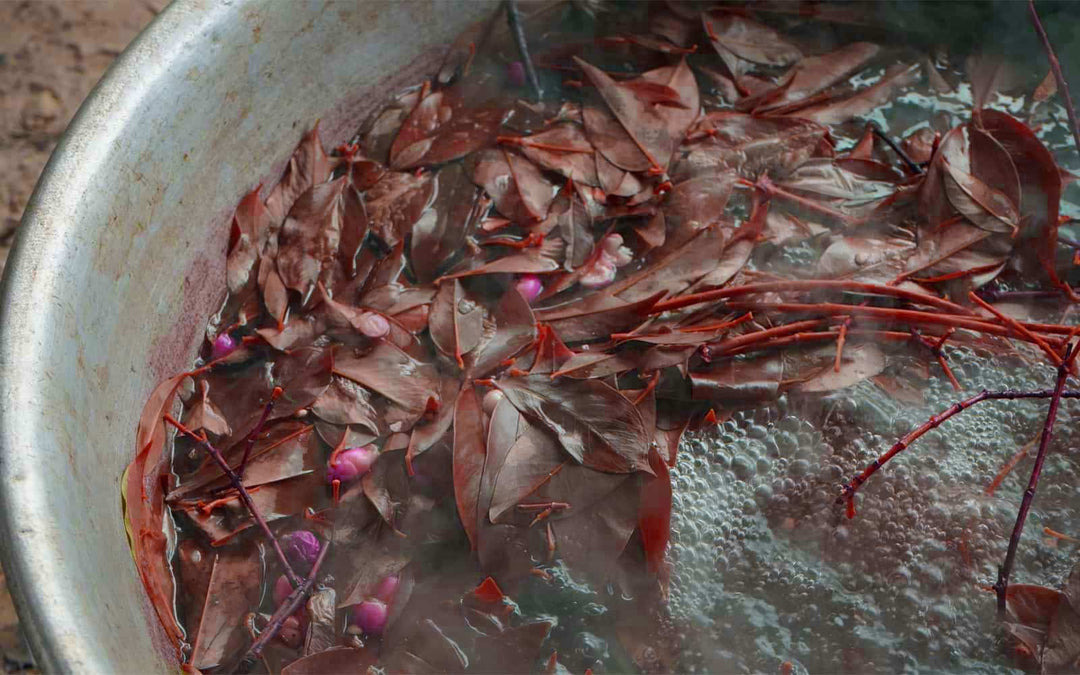
What We Use and How Much
We choose materials for how they behave and where they come from. Silk is woven by hand. Colour comes from plants. Fill is a by-product. These are not symbolic choices. They are what the work depends on to hold.
There is no surplus. We do not hold inventory or produce for stock. Each piece begins when it can be made and finishes when it is ready. Production does not respond to schedule. It responds to what the material allows.
The scale is not reduced for effect. It is reduced because the process cannot be expanded without changing what it is.
What Colour and Time Leave Behind
We use natural dyeing processes that do not promise uniformity. Each colour takes differently depending on the fibre, the air and the heat. We adjust nothing. The material and the dye decide where it ends.
What stays in the cloth is what the material accepts. No two pieces are identical. We do not expect them to be.
Over time, colours shift. The surface responds. The change is not corrected or reversed. It becomes part of the textile, as much as the thread and the form that hold it.
This variation is not resolved. It remains as proof of how the process was allowed to take its course.
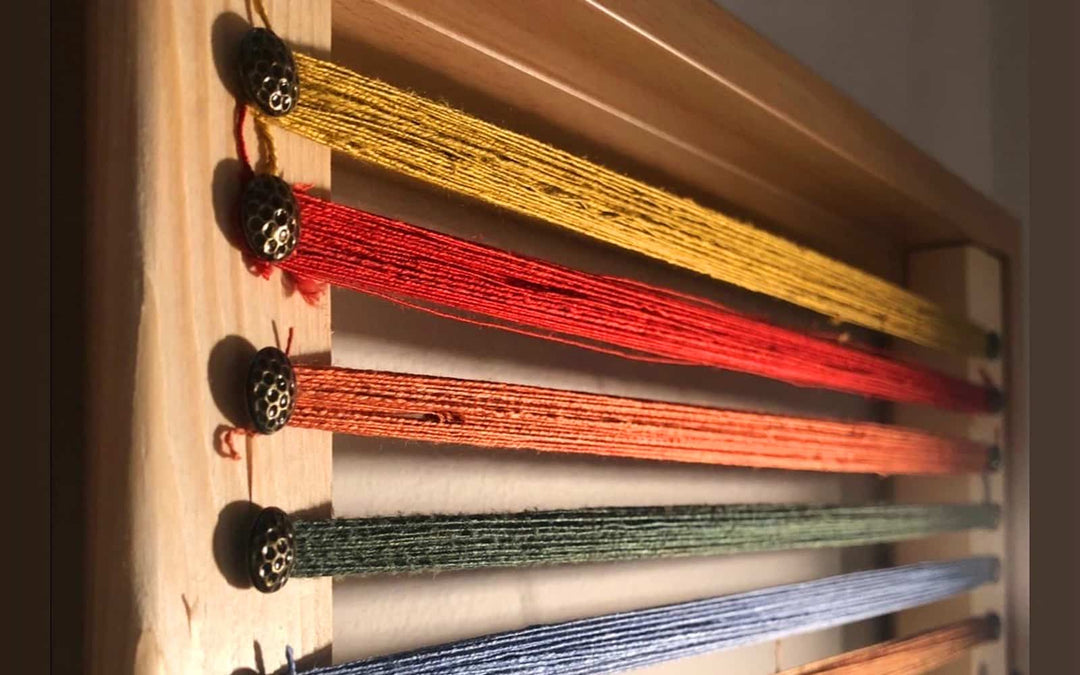
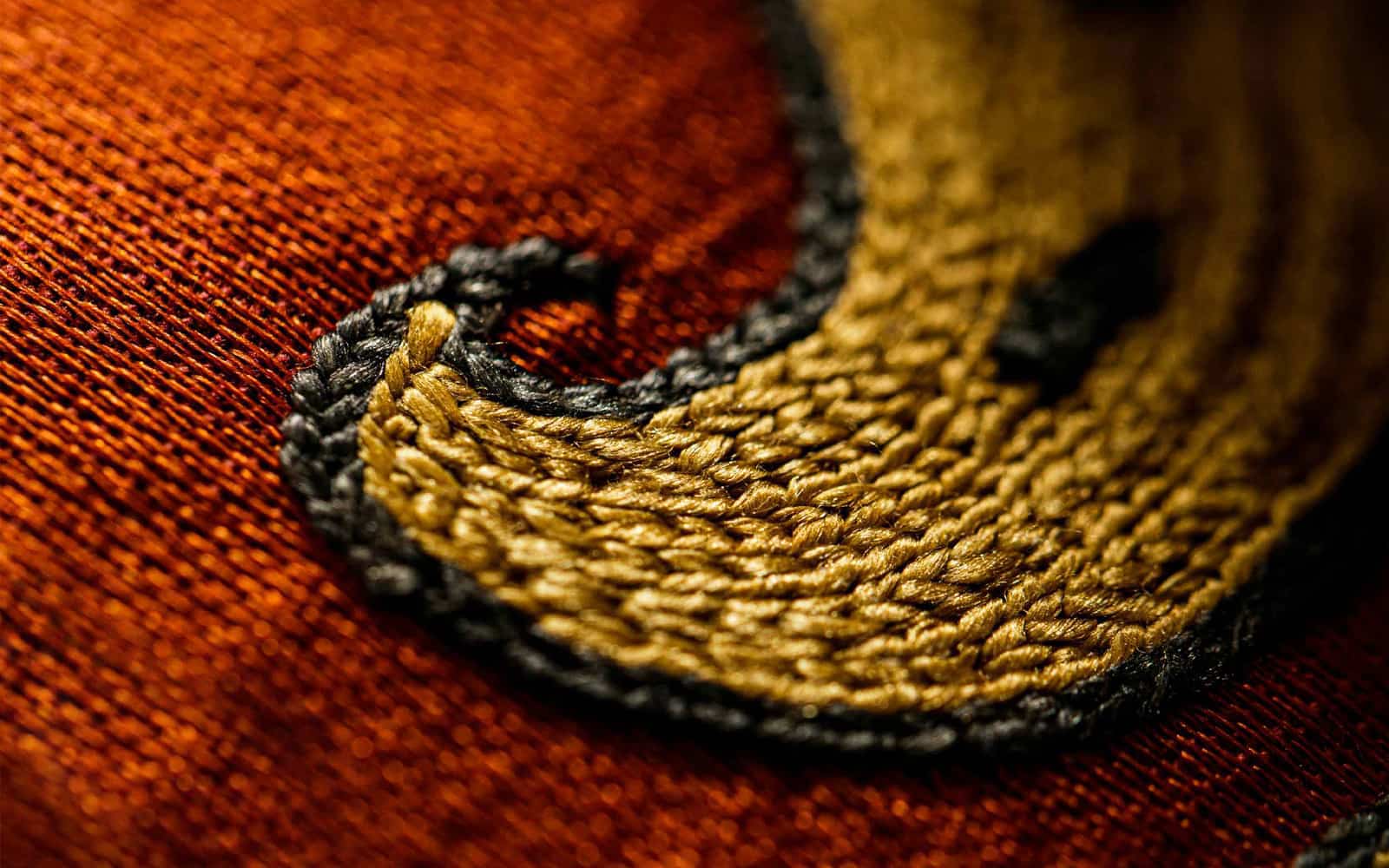
What’s Inside Still Matters
Cushion fill is rarely discussed, but it is not treated lightly. The pads are made in England, filled with duck feathers sourced through the food supply chain. No synthetics. No substitutions. No need to improve what already fits.
We use this material for what it gives steadiness, form, and clarity of origin. It does not collapse. Its presence may be hidden, but its function is not overlooked.
It follows the same thinking as every other part of the work. Quiet decisions, held evenly across what is seen and what is not.

No Need to Name It
We do not refer to the work as sustainable. That word does not sit close enough to how the system functions here. It is not a message. It is not a claim. It is simply the way the work is arranged.
There is no surplus to manage. No scheduled rotation. No push for novelty. Each piece begins when it can be made and enters when it is complete. We do not sell in waves. We do not prepare for drops. There is no stockroom waiting to be moved.
The scale is deliberate. The sourcing is known. Every material used can be traced to its origin and named without hesitation. Each decision can be explained without decoration.
If it carries weight, it does so quietly. That is enough.
